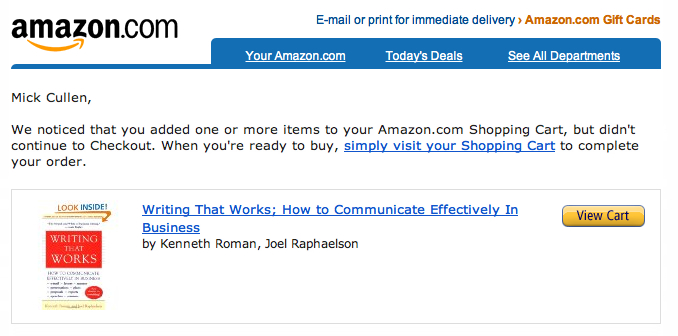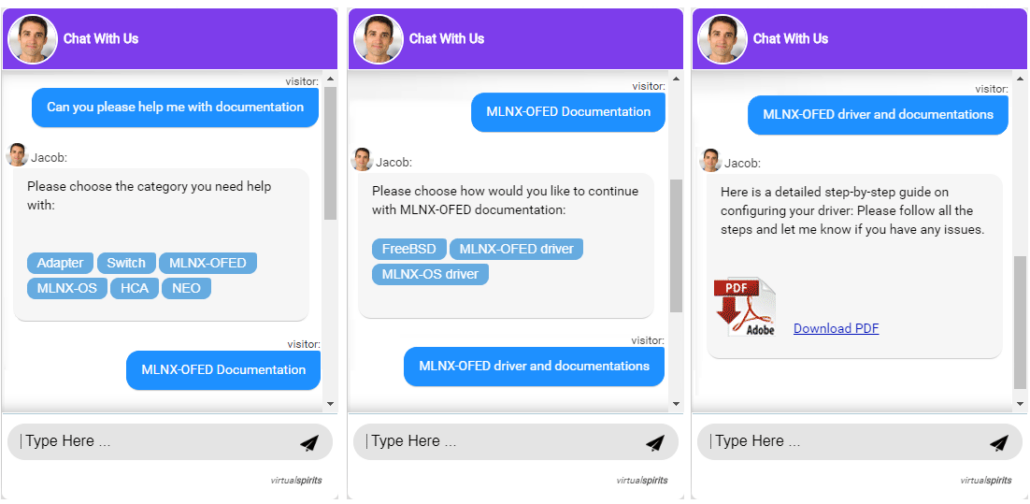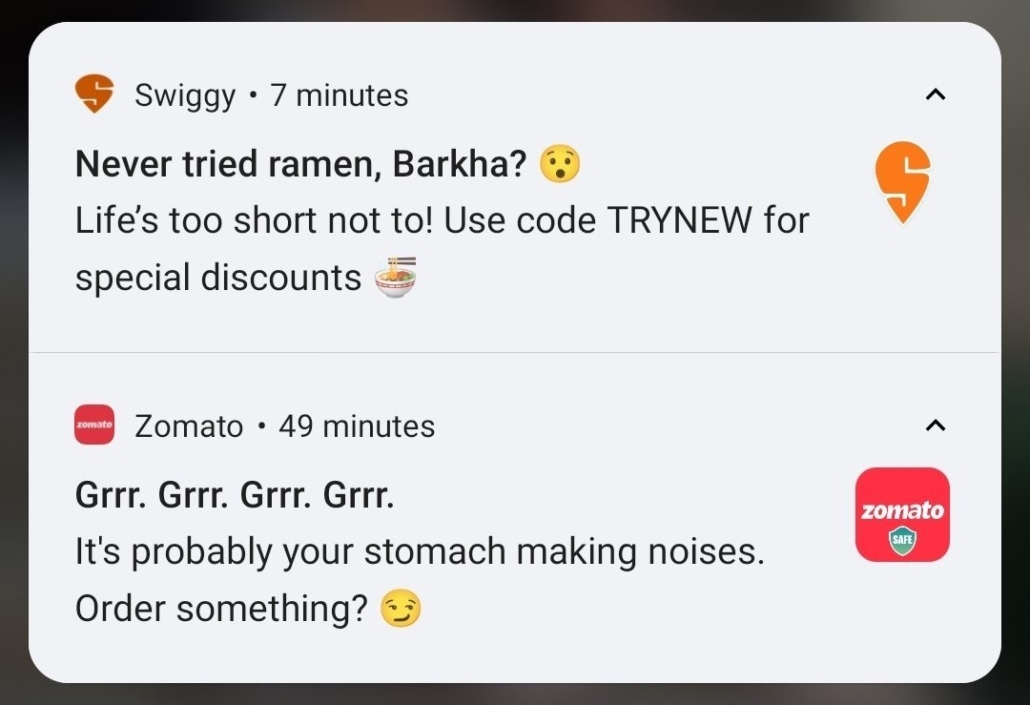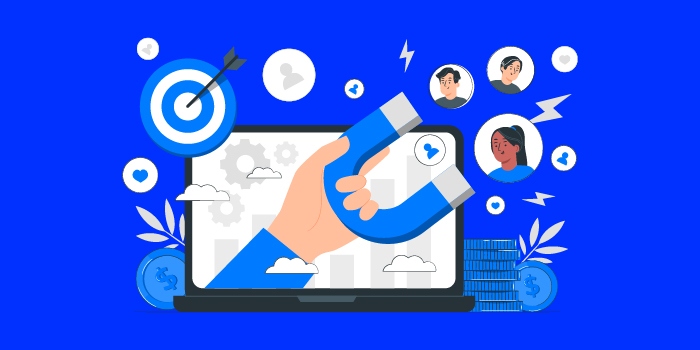Customer acquisition is the process of gaining new customers by generating interest in your products or services. Email marketing, webinars, and content marketing are a few channels that organizations utilize to acquire clients.
In this article, we’ll cover a few customer acquisition examples that your business can implement to generate leads. Nurturing these leads with a few follow-ups then converts them into paying customers.
Businesses focus on customer acquisition because attracting the right leads is essential to increase the chances of retaining them for an extended time. Statistics indicate that a 5% increase in customer retention increases profits by 25-95%! For this, you need to choose the right customer acquisition strategy, which can be confusing.
Let’s break it down by first understanding what customer acquisition means.
What is Customer Acquisition?
Customer acquisition is converting potential leads into paying customers and increasing the number of customers for your business. You must target the right audience and gain their attention by contacting them through various channels.
Your marketing and sales team, among others, must work closely to acquire new customers. First, the creative team runs ads and campaigns to spark the targeted audience’s interest. Then the marketing team gives them helpful insight into the product/services using blogs and email newsletters. Post that, the sales team pitch about the product and aim to close the deal. And finally, the customer success team takes care of the needs and wants of the newly acquired customer.
Therefore, all the departments work closely to acquire customers in three stages:
- Raising brand awareness among the target audience.
- Targeting interested buyers by pitching the product.
- Finally, converting them into potential customers.
Importance of Customer Acquisition
To successfully meet your targets, you need to acquire new customers constantly. Customer acquisition is a vital step in expanding your business and increasing revenue. Here’s why customer acquisition is essential for any business:
- According to statistics, 44% of companies focus more on customer acquisition than retention.
- Every new customer acquired today will likely stay with your business for a long time, increasing the number of upsell and cross-sell opportunities.
- With increased demand and sales, the revenue will ultimately increase.
- Customer acquisition increases brand recognition and market presence. It will help you expand your customer base.
Now that you understand the importance of customer acquisition, let us understand the difference between customer acquisition and retention. Many organizations tend to get confused between the two.
Difference Between Customer Acquisition and Customer Retention
Customer acquisition and retention are equally crucial for the overall growth and expansion of the organization. However, many companies have a difficult time differentiating between the two. Below you can see the difference between both based on different parameters.
| Customer Acquisition | Customer Retention | |
| Definition | Onboarding new paying customers by running marketing campaigns. | Keeping existing customers happy and satisfied to ensure service renewals and decrease churn. |
| Calculate using | Customer Acquisition Cost = (Marketing + Sales Cost)/ Acquired Customers | Customer Lifetime Value = [(Lost Customers/Total Customers) *100] |
| Teams In-charge | Sales and Marketing Team | Customer Success and Support Team |
| Channels | Content, SEO, PPC, Social Media Marketing | Email, Facebook ads, Mobile messaging, Google Ads |
| Achieving the Result is | Time-consuming and Costly | Cost-effective and quick |
So while both processes keep your sales bottom line healthy, that’s where the similarities end! Now let us look into some examples of customer acquisition and how different brands leverage them to increase their customer base.
7 Effective Customer Acquisition Examples
1. Email Campaigns
Running email campaigns to acquire new customers is also called email acquisition. It is among the most effective ways to nurture leads and convert them into paying customers. According to statistics, 52% of customers like offers to be personalized while encountering sales or marketing efforts.
However, most businesses struggle to personalize at scale. There’s no way you can manually send out lakhs of emails, and marketers fear that automation might take away the personal touch from emails.
The solution? A centralized email marketing automation and CRM platform. A CRM, such as Leadsquared, helps you understand the buyer’s needs, segment your customer base, and easily design personalized emails. All in just a few clicks. You can even set up automated nurturing workflows or schedule emails in bulk.
The best example of email acquisition is none other than Amazon. Now you must think why Amazon is on top with their email campaigns when several other big companies do the same. They identified the touchpoints where they can leverage personalization to increase conversions, while improving the buyer’s journey.
Whenever users put something in their cart but abandon it without completing the payment, Amazon sends a personalized email reminding them to take an action. After this, several big-scale organizations followed suit by using email automation to acquire new customers, like Myntra, Flipkart, and many more.

2. Webinar
Webinars are an effective way to acquire and educate potential customers. A webinar is an affordable channel to address the mass audience, as there are no logistics or physical places to rent out to organize the meeting.
Webinars should be a crucial tool in your strategy to generate high-quality leads. They are effective for industries like education, healthcare, SAAS, edtech, and many more. You can always record the live webinar session utilize it on other channels, such as your website and social media, as an on-demand session to increase engagement.
Another reason you must incorporate webinars in your marketing strategy is that they are an excellent way to understand your potential customers and interact with them. After talking and educating them about your product/services, you can have a Q&A round and answer their queries. It will help you connect with your audience on a more personal level.
LeadSquared has been organizing webinars for over six years now. It has proved to be a very effective way to engage our audience. [Learn how the webinar experts at LeadSquared set up a webinar that generates leads!]
3. Chatbots
Customers are more likely to purchase if you respond to their questions quickly and effectively. A live chat function enables 24×7 customer support and lets you respond to questions and concerns immediately.
An AI (artificial intelligence) powered chatbot can help potential customers with their inquiries without forwarding them to the sales rep. It also adds to your overall website user experience.
Let’s take ASOS, for example. British mega-retailer ASOS makes excellent use of its live chat. Users can consult stylists about measurements, sizes, colors, and the best way to match an outfit. Quick response and problem-solving will decrease shopping cart abandonment, boosting the conversion rate.
In the same way, you can also personalize the AI chatbots with greetings and interactive FAQs. Rich content and deploying customers to different channels through chatbots will increase customer engagement too.

4. Mobile Pop-Up Notification
It’s hard to over-hype the power of mobile push notifications. For the first time in human history, you can tap almost two billion people on the shoulder.
Ariel Seidman
While working as the Director of Design for Danger, Matias Duarte and his design team developed push notifications in 2008. Later in the next year, Apple released its push messages via its cloud messaging service- APNS (Apple Notification Services).
The intent behind developing mobile pop-up notifications was to gain high engagement, user satisfaction, and personalization. At the same time, since push notification is a user-centric medium, recipients have the option to change their notification settings or unsubscribe.
Mobile pop-up/push notification is another excellent way of acquiring and re-engaging customers. A real-time push notification creates a sense of urgency and triggers instant purchases. The mobile pop-up notifications can be of different types like reminders, promotions, or cart abandonment.
Food delivery applications such as UberEats, DoorDash, Zomato, and Swiggy make use of mobile notifications by sending across time-specific notifications. We’re all too familiar with the ping that drops in around lunch with a tempting discount voucher which, at that moment, convinces their users to order a meal. They even utilize push notifications to avoid cart abandonment.

5. Calling
If we talk about cold calling or automated calling, the ultimate goal is to acquire or engage customers. You must have received automated calls from your mobile service provider or an insurance agency to discuss new services and offers that might interest you.
Automated calls also resolve the user’s doubts in real-time, which simplifies the decision-making stage for a buyer. Moreover, it is much easier to find leads by phone numbers compared to, say, emails.
Automated calls are versatile and have several advantages if you incorporate them into your customer acquisition strategy. Some of the benefits include:
- You can reach out to many people with just a few clicks.
- Phone calls have a better response rate as compared to SMS.
- It increases efficiency by scheduling many automated calls at a preferred date and time.
- Since it reduces manpower, one can focus on more critical tasks and be more productive.
However, people often take cold calling as a nuisance, you need to be very smooth and subtle about it. Some pro tips that you can keep in mind while cold calling are:
- Instead of being a pushy sales rep, use your knowledge to provide new insights and make recommendations.
- Address the pain points that will pique the prospective customer’s interest in learning more about your product/services.
- Focus more on understanding the possible customer. Listen more and allow them to ask you questions. After that, you present them with how your company can resolve their problem.
- Instead of discussing the features and functions of your product, talk about how it will benefit them.
6. Digital Marketing
Digital marketing is the means to showcase, connect, and sell your product/services to the customer. In this era of technology, where everything is possible with just a few clicks, digital platforms have taken marketing to a different level.
Simply put, every company must connect and build trust among its target customer through different digital marketing channels. The three most prominent channels are:
- Public Relations: Your PR team analyzes the changing market trend and customer preferences. They explore the big data and understand how customers search for products, what they are looking for, etc. They strategize how to go forward with the branding and build a stronger relationship between the company and customers.
- Social Media: Showcasing your brand on social media is among the best ways to have an organic marketing experience. Companies catch up on viral trends and collaborate with influencers to connect with potential customers credibly and transparently.
- Content Marketing: The better you rank on SEO, the more customers you acquire. Content marketing is the core of every marketing or PR strategy. Potential customers will visit your website if it ranks in the first few searches. They will not look for your brand five or ten pages ahead.
A popular FinTech organization, Coverhero, leveraged social media marketing to get the target audience’s attention with a campaign that targeted millennials and their insurance requirements. A few years ago, they launched a no-code, low-code embedded insurance capability code, Hustle Cover. It basically provides insurance for self-employed professionals, protecting them against unforeseen accidents or health issues. However, it is not easy to make selling insurance a fun task.
So, they built the brand and its voice by relating it to this generation. To catch their eyes, they run the campaign with the hashtag- #YouDoYou. In the end it is all about how creatively and efficiently you are able to achieve your goals and Hustle Cover was able to achieve exactly that.
Wrapping Up
Whether a business is tiny or huge, customer acquisition is its lifeblood. This means you must continue promoting to potential customers, even if it takes up a lot of your time and effort. Nevertheless, studies have proven that your customer service team and your customers themselves hold the secret to growth rather than your marketing or sales team.
If your acquisition strategy is set up correctly, you may anticipate decreased client acquisition costs and increased customer lifetime value.
The key to successful client acquisition is finding the appropriate customers who will remain around and encourage you to find more. A CRM can give you the additional boost you need to acquire customers and increase sales revenue. If you’d like to know more about LeadSquared and its features, you can get in touch with our team.
FAQs
A Customer Relationship Management system filters the information for your potential customers. It helps the organization streamline the sales process. Each potential customer will receive information exactly how they want, as soon as possible. It is the best way to deliver top customer support.
You can burn millions of dollars if you do not strictly check your company’s customer acquisition cost. Some ways to reduce your CAC include creating an ideal profile, creating targeted ads, upselling and cross-sell more, and encouraging customer referrals.
Both are equally important. Customer acquisition is essential for a business’s growth, whereas customer retention generates approximately 80% of the company’s revenue.








![[Webinar] Field Sales 101: 3x Your Team's Efficiency in 2025](https://www.leadsquared.com/wp-content/uploads/2025/01/Field-sales-101-webinar-popup.gif)